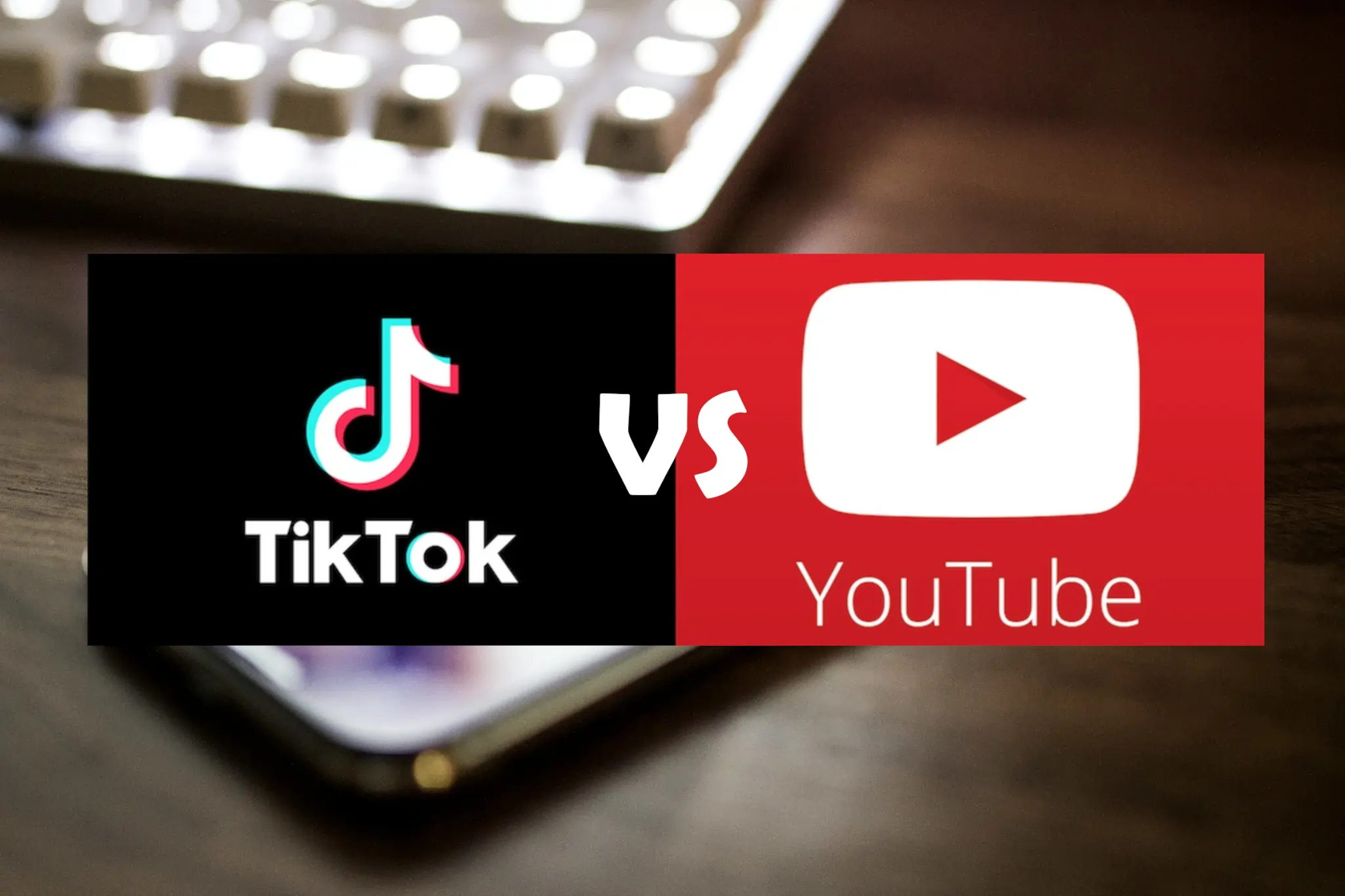In the soft drink arena, Pepsi and Coca-Cola have faced off in fierce competition for ages. Yet, one of Pepsi’s promotional attempts in the early 1990s stands out not just for its ambition, but for the unintended consequences it would bring upon the company.
Setting the scene: the early 1990s. Pepsi was jostling for position in the Philippines, a market where Coca-Cola reigned supreme with a whopping 75% share, leaving Pepsi trailing with 17%. Intent on capturing more of the market, Pepsi collaborated with the Mexican advertising agency, D.G. Consultores, initiating the “Number Fever Movement.”
How it worked: Consumers collected bottle caps from Pepsi products, each printed with a three-digit number. Daily, a winning number was broadcast on Filipino television, with prizes ranging from 100 pesos (about $4 or $7 today) to a grand prize of 1,000,000 pesos (around $40,000 or $71,000 today).
To maintain control and ensure not too many winning caps were produced, an algorithm determined the number distribution. The campaign’s prizes were capped at a budget of $2 million. Winning numbers were safeguarded in a bank vault and transported to a local TV studio for the daily announcements.
The campaign was a sensation. Within a short time, Pepsi’s sales in the region surged by 40%, and its market share increased by 9%. An estimated 31 million Filipinos, almost half the country’s population, participated.
But Then, Calamity Struck
On May 25th, Channel 2 announced number 349 as the grand prize winner. The catch? That number was supposedly off-limits for the grand prize, yet it appeared on 800,000 bottle caps. The fallout was swift and staggering. If every winning cap was honored, Pepsi would owe around $20 billion, nearly half of the Philippines’ GDP at that time.
Pepsi’s response was to retract the prize announcement, attributing it to an error, and instead offered 500 pesos (roughly $18 today) for each 349 cap. This didn’t sit well with many Filipinos who felt deceived.
Anger Boiled Over Into the Streets
Protests and riots targeted Pepsi establishments. Delivery trucks were vandalized and, in a tragic incident, a grenade attack on one truck took the lives of three individuals. Amid the chaos, Pepsi evacuated non-essential personnel from the country.
Over time, tensions cooled, and Pepsi’s sales gradually returned to pre-controversy levels. Legally, Pepsi faced numerous lawsuits but was eventually cleared of wrongdoing by the Philippines Supreme Court in 2006.
The incident remains a testament to the unpredictability of large-scale promotions and the paramount importance of attention to detail in marketing.
Pepsi’s Reputation on the Line
After the infamous “Number Fever Movement” debacle, Pepsi’s reputation took a significant hit, particularly in the Philippines. Brands are built on trust, and incidents like this can erode consumer confidence. For businesses considering their marketing campaigns, ensuring that the execution aligns flawlessly with the promise is crucial. Missteps could not only cost you financially but can lead to a lasting dent in your brand image.
The Ripple Effect on Global Markets
While the immediate damage was in the Philippines, news of the mishap traveled globally. In our interconnected world, negative publicity in one region can resonate in another. For businesses operating internationally, this serves as a cautionary tale. A mistake in one market might have unforeseen consequences in another. By learning from Pepsi’s experience, you can safeguard your brand from similar oversights, ensuring consistent messaging and trust across all markets.
The Financial Repercussions
Beyond the immediate financial cost of the campaign, the aftermath of riots, the damage to infrastructure, and lawsuits meant that the company bled money for years after the event. Additionally, the need to spend on image repair campaigns, PR initiatives, and community outreach programs further drained the company’s resources. For you and your business, it’s a stark reminder that the after-effects of a flawed campaign can result in unforeseen expenditures, emphasizing the importance of due diligence in every marketing initiative.
Human Capital and Morale
The internal fallout of such a debacle can’t be understated. Employees of Pepsi, especially those in the Philippines, found themselves at the frontline, facing the ire of an enraged public. The morale of employees can take a hit when they’re associated with such controversies, making talent retention and acquisition challenging. Businesses need to support their teams during crises, ensuring they feel valued and secure. For you, as a business leader, fostering a supportive environment during challenging times can be the linchpin for long-term success.
Moving Forward: Lessons Learned
Every cloud has a silver lining, and for Pepsi, this event provided invaluable lessons. For one, they became more cautious in their marketing endeavors, ensuring every detail was double-checked. They also ramped up their community engagement efforts, working tirelessly to rebuild trust. For you and your business, this serves as a learning opportunity.
A Firm Foundation to Avoid This Marketing Mishap
Research and Planning
Before you launch any marketing campaign, ensure you’ve conducted thorough research. Familiarize yourself with the market, and understand the nuances of your target audience. Your team should be well-versed with the objectives and potential pitfalls. Proper planning not only sets the stage for success but also helps in averting any potential disasters.
Triple-Check: The Importance of Review
Always have multiple eyes on every component of your campaign. From the creative aspects to the logistical details, ensuring everything undergoes stringent reviews minimizes the risk of oversights. Encourage your team to question, critique, and suggest improvements – collective expertise is invaluable.
Pilot Runs: Test Before You Leap
Consider running a smaller, pilot version of your campaign. This helps you gauge reactions, understand logistical challenges, and rectify errors before the full-scale launch. It’s a small investment that can save you from larger blunders.
Communication is Key: Internal and External Channels
Clear communication within your team is crucial. Ensure everyone, from top-tier management to ground-level staff, understands the campaign’s intricacies. Simultaneously, establish open channels with your audience. This not only builds trust but also ensures any hiccups are quickly spotted and addressed.
Be Prepared for the Unexpected
Even the best-laid plans can go awry. You must have a robust contingency plan in place. Whether it’s a PR strategy to handle negative publicity or a logistical solution to address unforeseen issues, being prepared helps in navigating challenges with poise.
Feedback Loop: Listen to Your Audience
Once your campaign is live, actively seek feedback. Listen to what your customers are saying – both the good and the bad. Their insights can be invaluable, alerting you to potential issues before they balloon into larger problems.
Reflect and Learn: Post-Campaign Analysis
After the conclusion of any marketing initiative, invest time in a post-mortem analysis. What worked? What didn’t? By understanding the successes and failures of each campaign, you equip yourself with knowledge, ensuring past mistakes aren’t repeated and setting your business up for future successes.
For more detailed insights or clarifications, readers are encouraged to visit our contact page.




